May 21st, 2024
6minute read
Nothing better than being goodandlucky.
The L42A1 sniper rifle is a case in point.
Only the United States stood guard until Europe recovered.
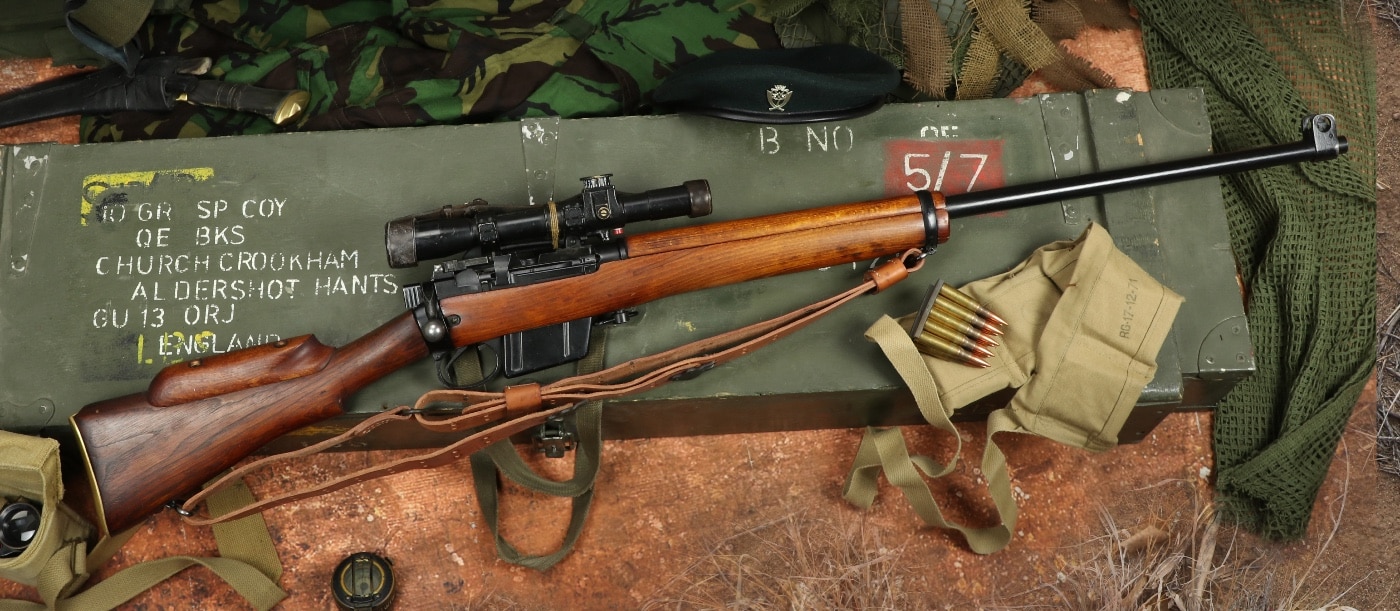
The L42A1 sniper rifle has a reputation as a remarkable sniper rifle. This sample was number five of seven L42A1s shipped to the 1/7th Gurkha Rifles for deployment to the Falklands. The chest is numbered to another gun, which is typical.
In the face of all this, Britain disbanded their Scout/Snipers so valuable during WWII and Korea.
4 Mk I (T) .303alongside their new 7.6251 L1A1 Self Loading Rifle.
The uneasy peace of the Cold War didnt mean the rest of the world wasnt smoldering.
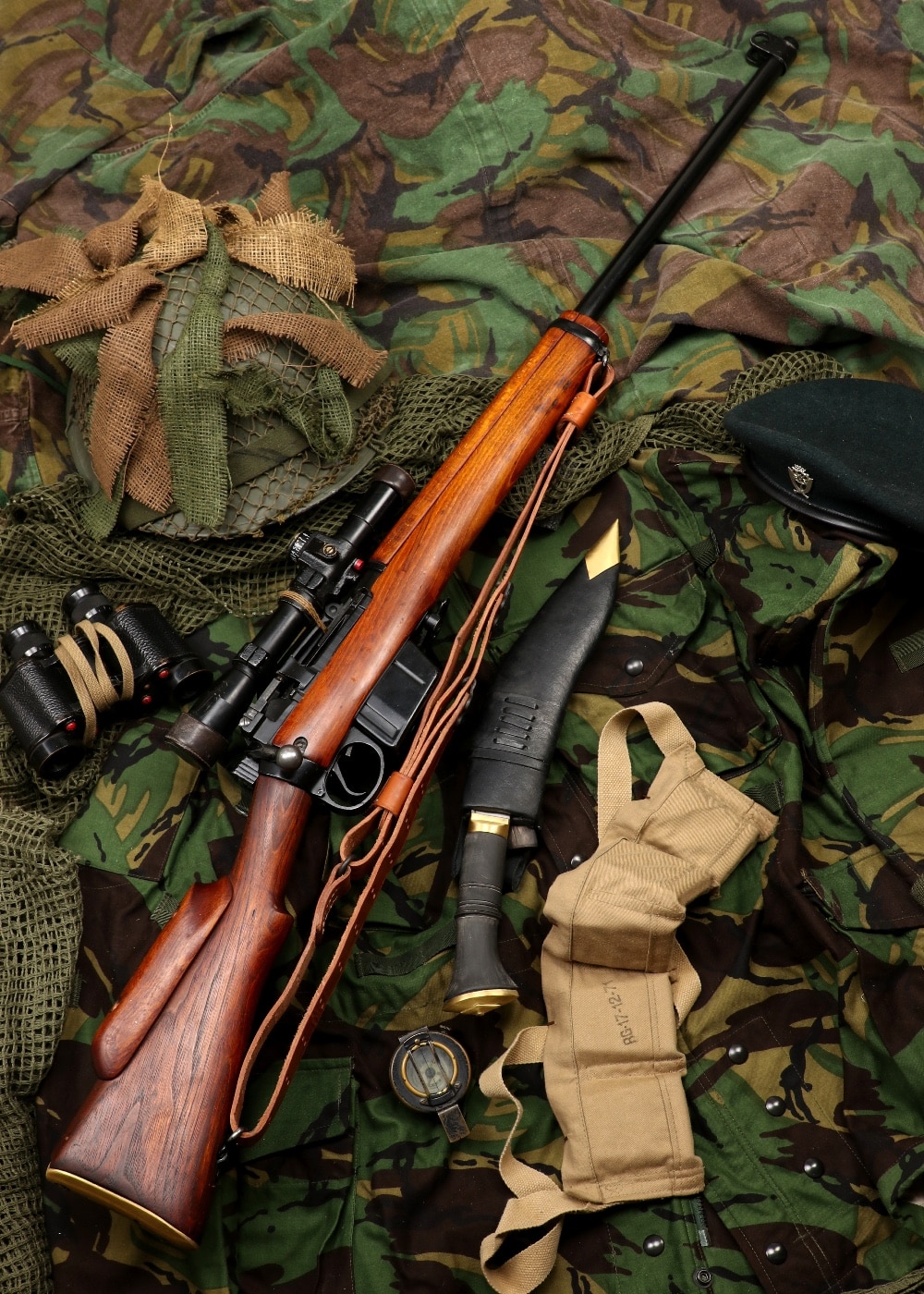
Gurkha snipers got their L42A1 rifles aboard the Queen Elizabeth II and were trained underway by a detached Special Air Service officer.
Troubles began in Ireland in the late 1960s, and an insurgency in Oman became a serious threat.
It takes time to develop a weapon from scratch, time Britain didnt have.
The Royal Small Arms Factory at Enfield provided a simple, elegant solution.
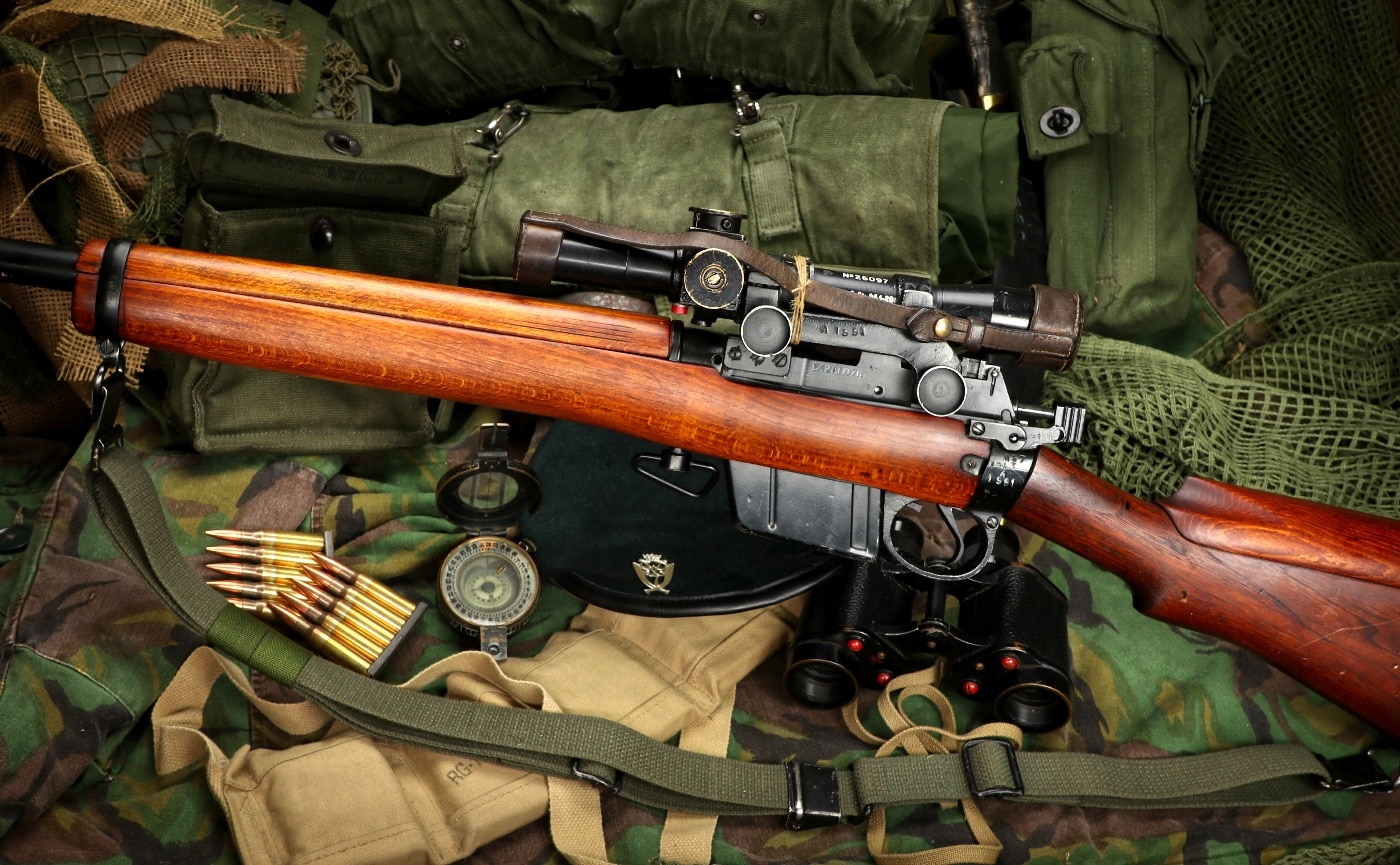
The rifle’s story is recorded on the left side of the receiver and buttstock. This one was made into a sniper during WW II on a BSA-made No. 4. It was converted to the L42A1 in 1971 at Enfield (receiver).
Fertile Grounds
Target shooters had plowed the way.
Military rifle competition shooting was very popular in England, with most competitors happily shooting Enfield No.
4 rifles in .303.
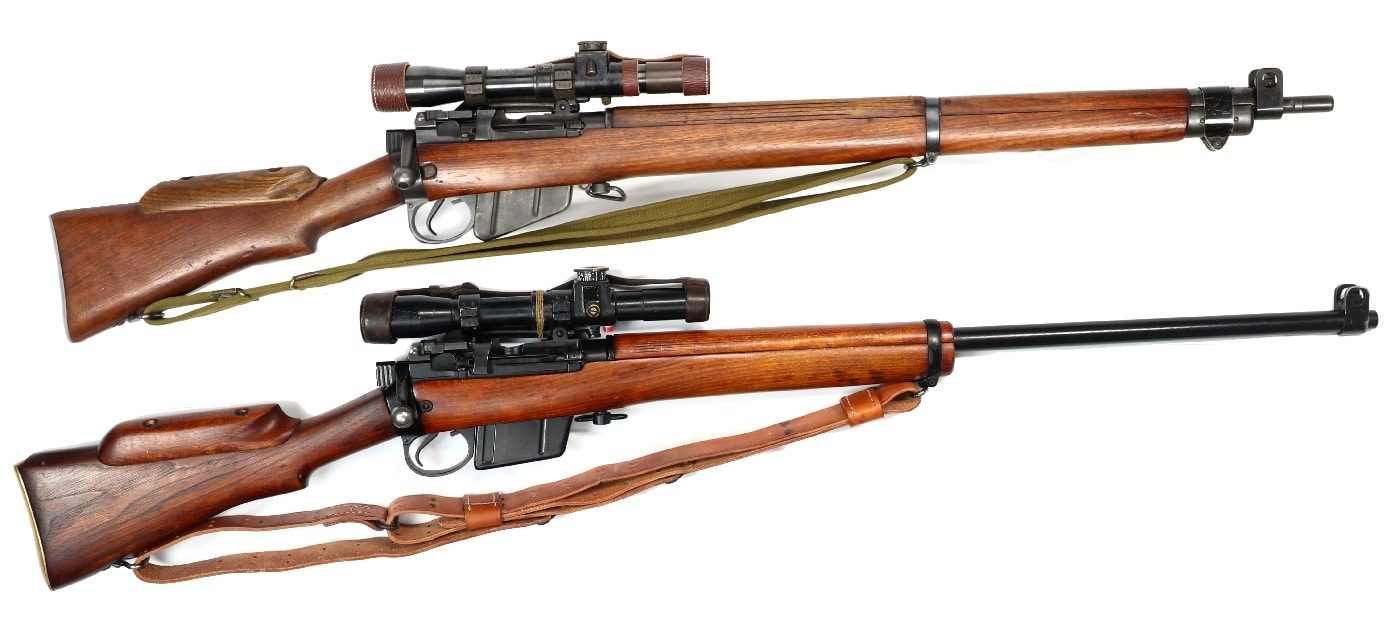
The author argues WWII’s best sniper rifle was the No. 4 Mk I (T) .303 (top). In the 1970s, about 1,200 No. 4 (T) rifles were converted to the L42A1 in 7.62×51 NATO. This L42A1 has the M1907 sling.
In the early 1960s, Enfield had developed a 7.62 conversion package for the No.
4 rifle so Commonwealth countries could easily convert No.
4 rifles in case Britain needed rifles quickly while transitioning to the L1A1 SLR.
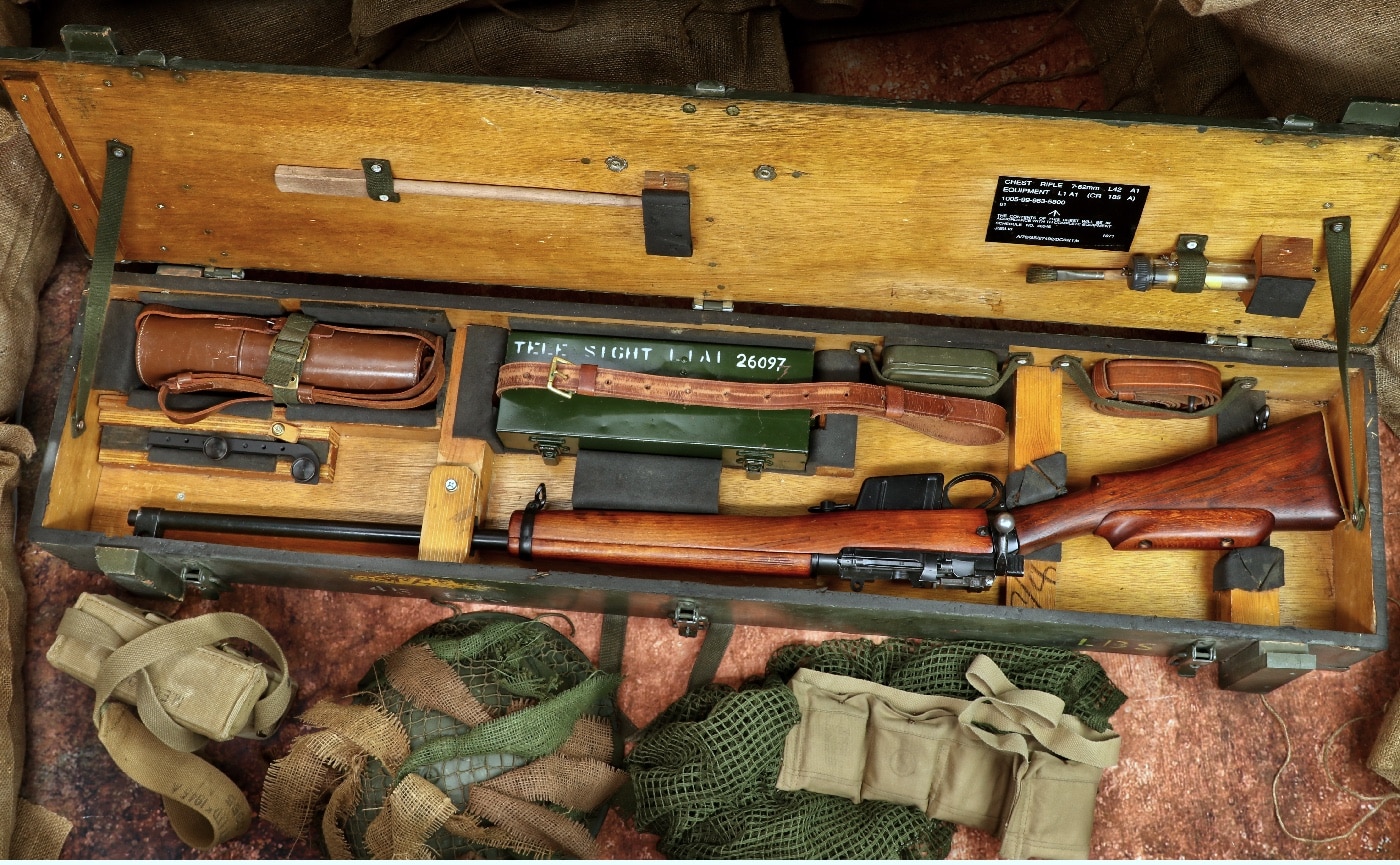
Inside the rifle chest were a variety of accessories, including a WW II-era 20X three-draw telescope in its original leather case and much more.
But those converted rifles didnt shoot well.
There was no easy fix.
4 with a fore-end shortened to the front swivel.
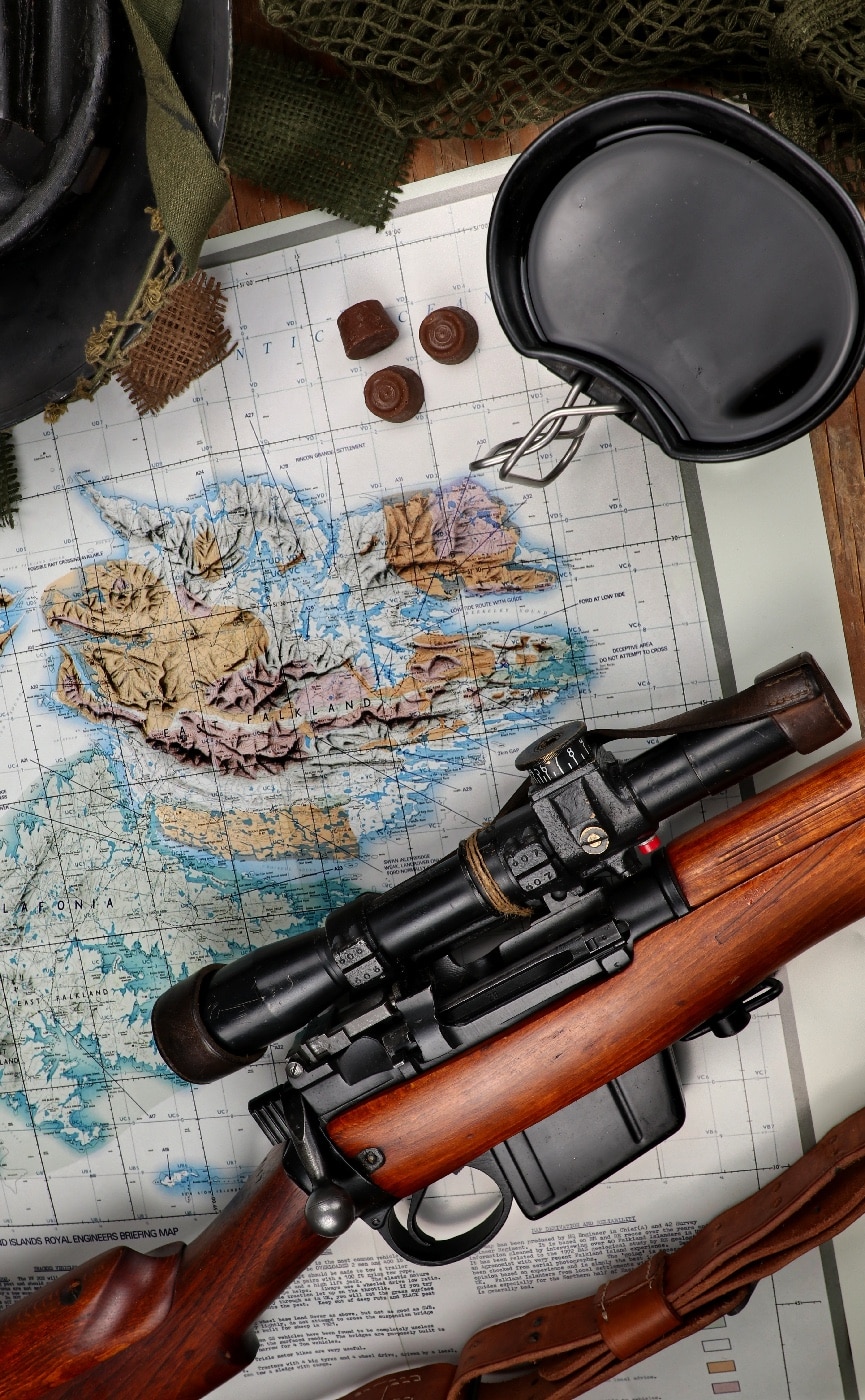
The Falkland Islands were particularly inhospitable. An almost complete lack of cover meant all movement and fighting took place at night, and the use of sniper rifles like the L42A1 limited.
Onward and Upward
This was how Britain backed into a best-of-class sniper rifle again.
The 7.62 L39A1 front end was mated to select No.
4 Mk I (T) rifles still in stores.
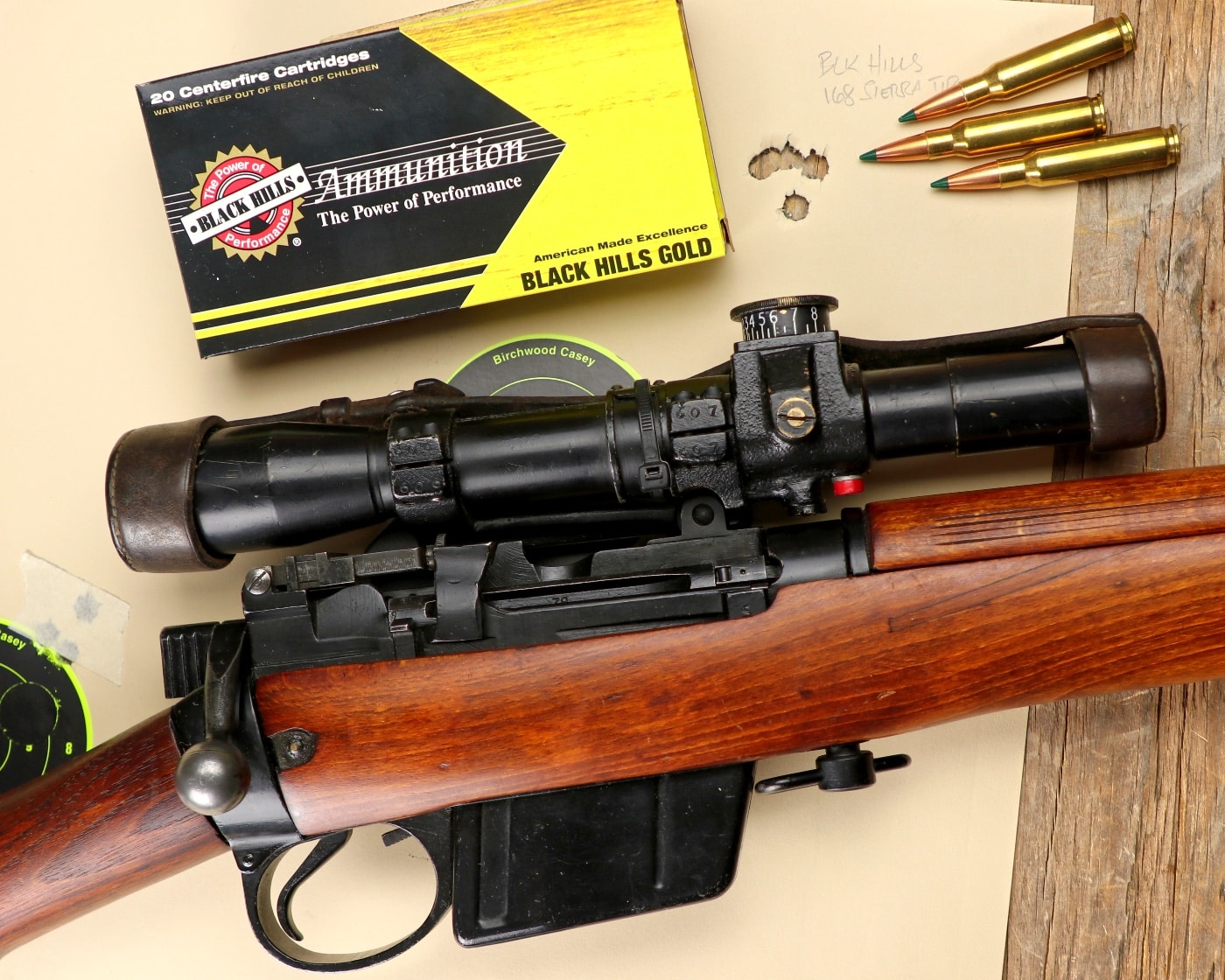
Black Hills ammo topped with 168-grain Sierra Tipped MatchKings delivered this 5/8-inch group at 100 yards. The rifle had previously been zeroed with Winchester Lake City ball ammo.
Some rifles were numbered in the same series as the L39A1, and this is one of those.
Receivers were modified underneath for the 7.62 magazine, but little else had to be done.
The barrel got a sturdy military-style front sight protected by twin wings.
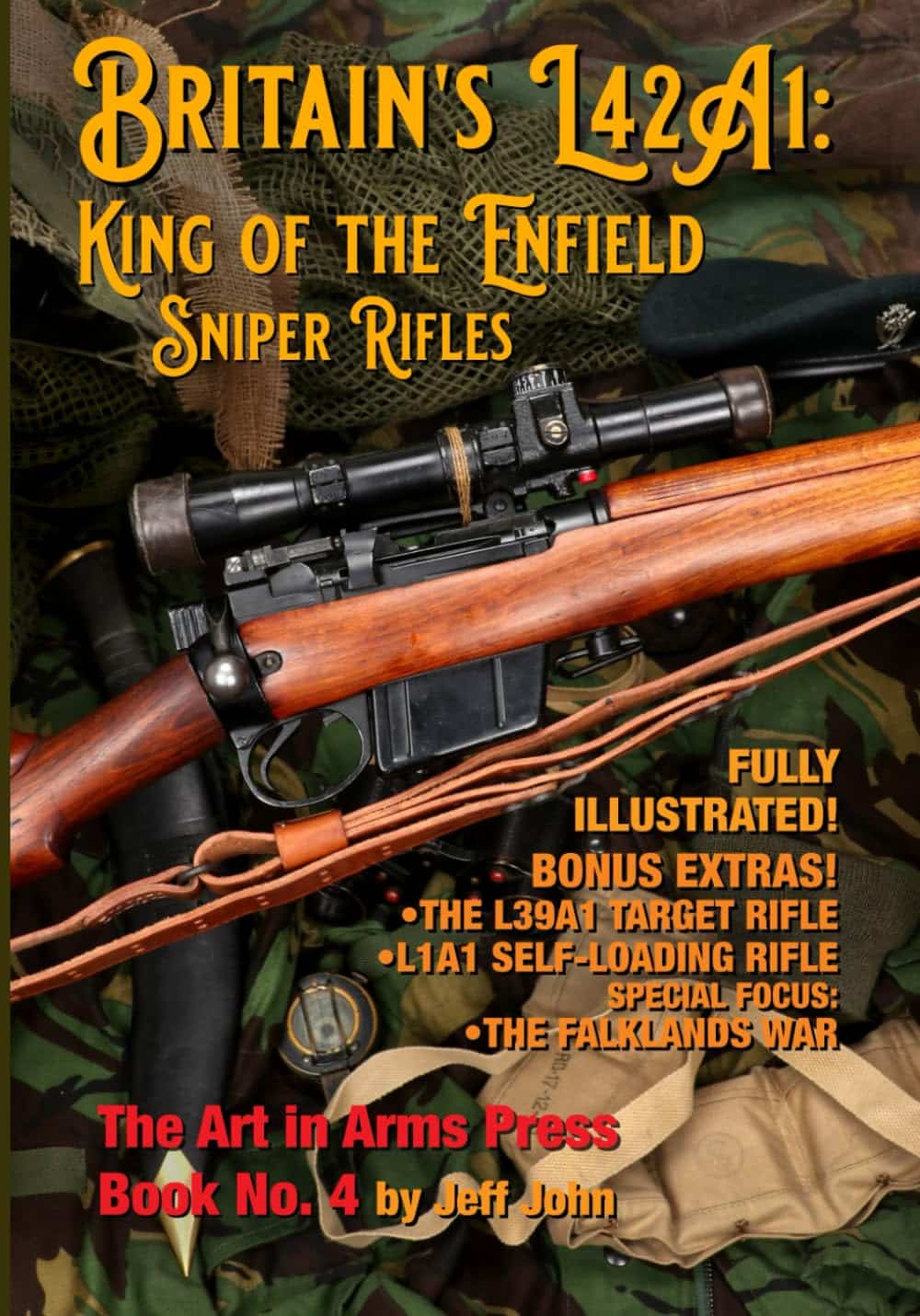
The rear sight was left alone.
As originally designed, the rear sight had to be raised to remove the bolt for cleaning.
Good, but not good enough.
The L42 rear sights were given this sensible modification.
An Eye for Precision?
Optics were a problem.
Few scopes in the 1960s were as reliable or as sturdy as the WWII No.
32 aboard the No.
32 Mk III 3X scopes were installed.
Those scopes were gone through, had new elevation turrets installed for the 7.62s trajectory and waterproofed.
Their WWII stock number was lined out and a new NATO Stock Number added.
The scopes serial number was stamped on the top of the stocks wrist.
The scope mount was numbered to the rifle.
Hands-On
These rifles were legendary for accuracy and reliability.
This one in my collection shoots remarkably well.
My best five-shot group was 58 of an inch at 100 yards with Black Hills ammo topped with 168-gr.
Sierra Tipped MatchKing bullets.
Anytime match ammo was fired, there would be three or four shots hovering around a 12 inch.
To shoot this well requires some technique.
One detraction of these Enfields is their slippery brass buttplate.
The comb riser is sufficient to give a good cheekweld.
Conclusion
Only about 1,200 L42A1 rifles were made, but the records are sketchy.
About 640 rifles were imported by Navy Arms in the early 1990s.
They were mixed with L39A1s, so the quantities of each are unknown.
Some of those served in Iraq and Afghanistan as late as 2005.
Not a bad legacy for a rifle first adopted in 1888!
Go to forum thread




